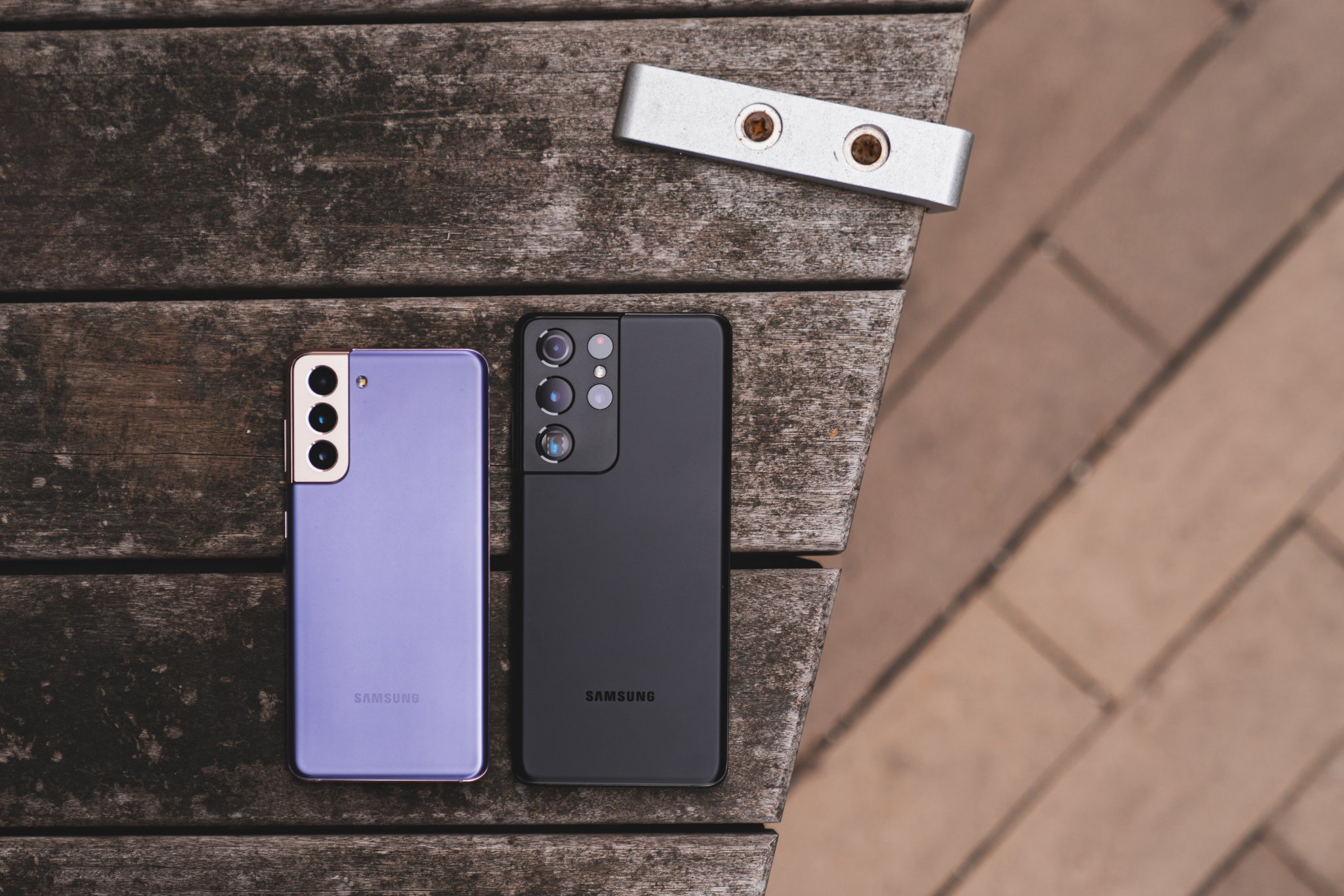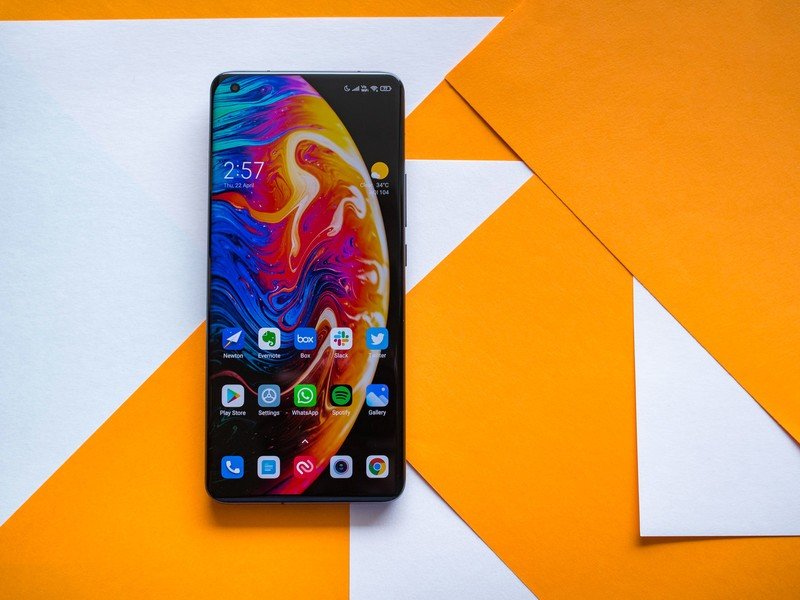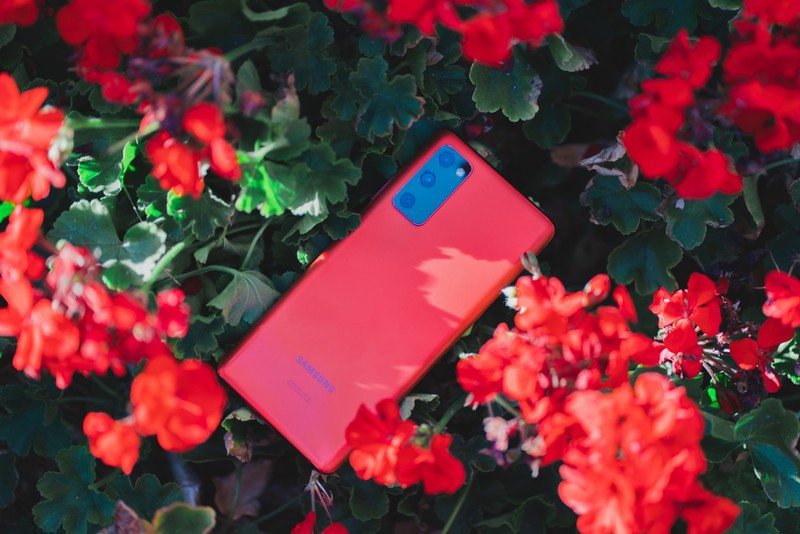Foldables may be the future but Samsung is betting big on regular phones in 2022

Earlier in the week The Elec, a South Korean tech news portal, got hold of some details about Samsung's plans for 2022. They're not that surprising; the company is expanding the number of Galaxy Z Flips it manufactures, its building and shipping more mid-range and entry-level devices, and there will be plenty of Galaxy S22s built and shipped. At least that's the plan.
Where things get a little surprising is the actual breakdown of models Samsung plans to ship. Supposedly Samsung plans to ship 14 million Galaxy S22 phones, 8 million S22+ phones, and 11 million S22 Ultras. A few years ago, nobody would have tried to second guess any of this. Samsung builds phones and could seemingly sell them as fast as it built them. But then 2021 and the Galaxy S21 happened.
Despite being one of the best Android phones, the Galaxy S21 sold in numbers that were 20% below the previous Galaxy S20 and a whopping 47% less than the Galaxy S10. There are plenty of reasons why this happened — Xiaomi got good at making and selling phones, COVID-19 made building and shipping phones much more difficult and did away with plenty of people's disposable income. Plus, the previous year's models were good enough to keep for another year or buy at a significant discount.
All of this is old news, but Samsung thinks it has found a way to work around these issues with the Galaxy S22, and yet, I can't help but be skeptical. Xiaomi is even better at selling phones, components are still hard to find, and the Galaxy S21 is going to be a good phone next year, just like it is this year. Having said this, I see three very real issues Samsung needs to address if it wants to sell more Galaxy S phones in 2022 than it did in 2021.
The chip shortage

I hate hearing about this as much as you do because it all seems so random. One minute you hear how company A can't find enough chips to ship its products, and the next, you hear how company B is forecasted to sell a gazillion things with chips inside them. But I do know the chip shortage is real, even if it seems a little strange and confusing.
Samsung has a special advantage because it builds many of the parts you find inside phones.
Of course, Samsung has an advantage here because it builds many of the components inside a phone. You'll find Samsung-manufactured parts — including chips — inside almost every phone brand, including the big three of Apple, Samsung, and Xiaomi. Samsung has the option of keeping more components for itself as well as putting the production of chips for its own phones ahead of other orders. Maurice Klaehne, a research analyst at Counterpoint Research agrees and told Android Central that Samsung "has its own manufacturing plants and also makes its own smartphone components such as displays, Exynos processors, image sensors, PMICs, etc." and that "this could allow Samsung to prioritize its own devices over orders from other OEMs."
Of course, Samsung can't just vacate or void any contractual obligations when it comes to orders, but it does have the option of looking out for itself. Nobody can blame them for doing so. But even controlling the supply chain and building its own components doesn't solve everything, as the issues with Samsung's Vietnamese production facility show.
Be an expert in 5 minutes
Get the latest news from Android Central, your trusted companion in the world of Android
Finding a way around the global chip shortage is going to require a bit of luck and a whole lot of hard work.
Xiaomi is not going away

You're probably in North America, so nobody can blame you for not knowing how good Xiaomi's phones are in 2021 — and they will surely be even better in 2022.
Xiaomi probably makes the best phone you can't find on the shelf in North America.
Xiaomi is now the second-largest phone manufacturer in the world, behind Samsung. A big reason why it was able to get into the number two spot was because it started eating into Samsung's sales in many parts of the world.
Xiaomi makes phones that rival Samsung on every front. You can buy a solid and dependable "cheap" phone made by Xiaomi, or you can buy something top of the line, and usually, you'll find Xiaomi's offerings cost less than Samsung's. Of course, Xiaomi also ate into the market share of other companies, but Samsung had such a big piece of the pie that it was only natural that one would rise as the other would fall.
Samsung can still depend on the Korean and North American markets to buy its products in huge numbers, but it can't afford to lose more ground in India or China if it wants to ship over 300 million phones in a single year. Luckily, as Klaehne also pointed out in our communications, the overall demand for smartphones is still very strong, and if Samsung can meet those demands, it will sell more phones.
Eat the rich

The best phone of 2020 and most of 2021, in my opinion, was the Galaxy S20 FE. It was 90% of a flagship at half the price and ticked many of the boxes that phone buyers wanted to see ticked. It also sold well because of those two things.
This poses a very real problem for Samsung because selling lower-priced phones that are so good people want them instead of just being the phone you can afford will eat into sales of phones like the Galaxy S22 series. On the other end of the spectrum, phones like the Galaxy Z Flip will also pull customers away from the "regular" premium product line.
Part of me thinks this is exactly why Samsung stopped making the Galaxy Note. The number of people who want a phone with a very premium price just isn't large enough to split between a Note and Galaxy S Ultra line, especially when foldable phones enter the mix. A phone doesn't sell based only on its own merits; marketing and some special exclusive features are important, too.
Android Central spoke with Jitesh Ubrani, IDC's research manager of worldwide device trackers about all of this, and he offered some perspective: Samsung can sell more phones with the right pricing. Specifically, Samsung can sell more Galaxy S22 phones by "pulling back on pricing as they did with the S21." He also thinks offering better upgrades or trade-in offers would go a long way as "many buyers of the S22 will be coming from the S9, S10, or S20 rather than something more recent."
This strategy worked well for the Galaxy Z Flip 3, and a lot of people took advantage of the trade-in offers and rebates to get a new phone. But, could it work equally well (or better) for a "regular" phone that doesn't flip open?
If any company can figure out how to sell hundreds of millions of phones when parts are hard to find and consumer disposable income is low, it's Samsung. 2022 looks like it is going to be really interesting, and I can't wait to see companies fighting over me and my dollars.

Jerry is an amateur woodworker and struggling shade tree mechanic. There's nothing he can't take apart, but many things he can't reassemble. You'll find him writing and speaking his loud opinion on Android Central and occasionally on Threads.
